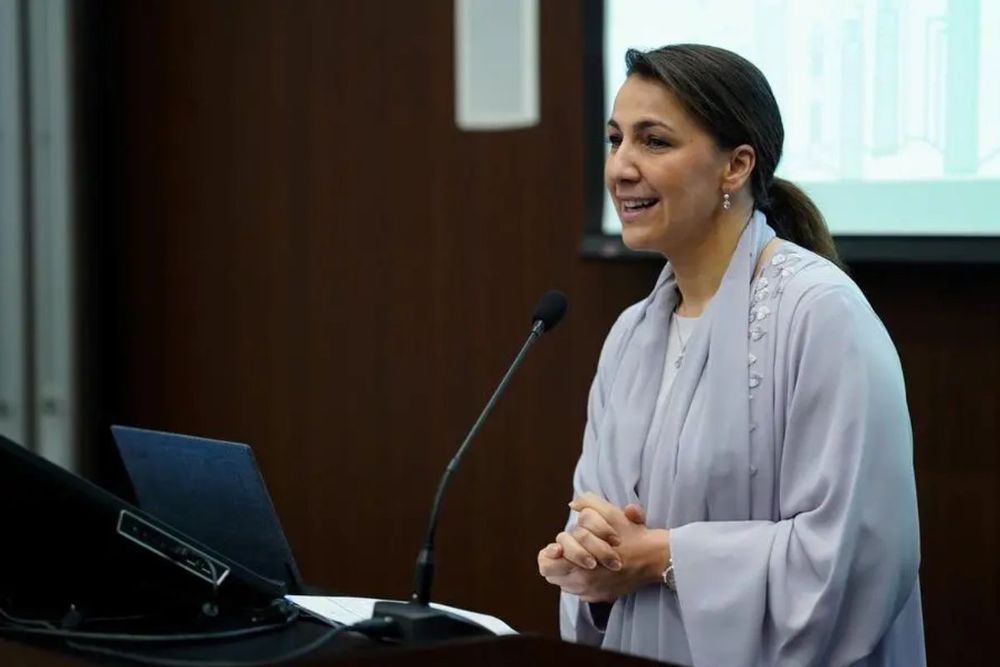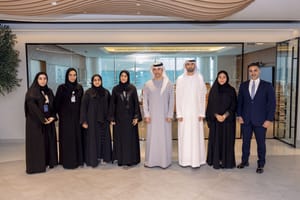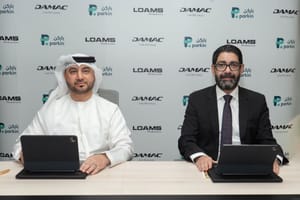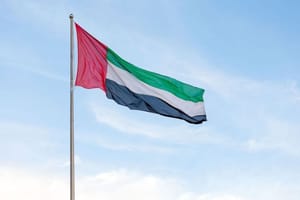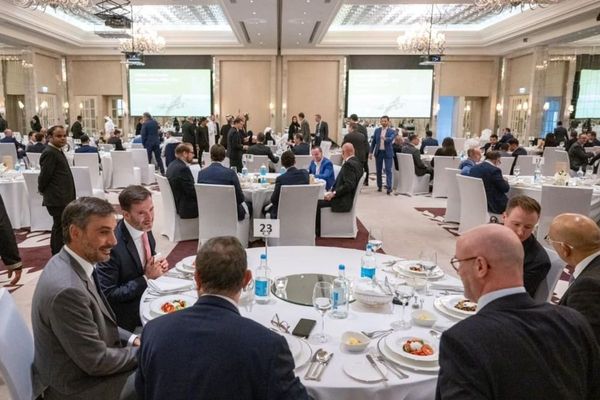Following the Announcement at The UAE Government annual meetings earlier this month of the nation’s comprehensive Net Zero 2050 Strategy, Mariam bint Mohammed Almheiri, Minister of Climate Change and the Environment, today outlined a detailed nation-wide action plan to achieve climate neutrality by 2050.
Almheiri said,
“As early as 2021, the UAE Net Zero Strategic Initiative, coordinated by the Ministry of Climate Change and Environment, started to study, evaluate, and propose National Climate Pathways to achieve Net Zero emissions by 2050. Following UAE Cabinet endorsement of our plan, we are now unveiling a suite of enablers and initiatives which will accelerate our journey to becoming a climate-neutral nation.”
She added,
“The UAE Net Zero 2050 Strategy is designed to act as an engine for economic and societal advancement by leading the transition to Net Zero emissions and thereby contributing to global mitigation efforts. It will create extensive new employment opportunities, with some 200,000 new roles predicted, including high-skilled sustainable jobs across the solar, battery, and hydrogen sub-sectors.”
The delivery of the strategy is predicted to contribute to about 3 percent of the national GDP, as well as enhanced export opportunities. Almheiri explained,
“The UAE’s journey towards sustainability has taught us that climate action can act as a powerful catalyst for economic growth and opportunity, creating new sustainable jobs, bringing forward technologies at pace, and creating a forward-facing economy grounded on sustainable foundations. The Net Zero 2050 Strategy is designed to act as a social and economic springboard for our nation.”
Almheiri made a call for action by stressing the importance of collaboration between the federal and local governments, the private sector and community in helping the UAE meet its target for each sector.
The UAE Net Zero 2050 Strategy is part of the nation’s ambitious Net Zero journey and provides a tangible nationwide programme for achieving the emission reduction goals. It builds on Net Zero by 2050 Strategic Initiative, launched in 2021, which set out the UAE’s ambition, followed by the launch of the National Net Zero by 2050 Pathway (2022), which set out the timeline and mechanisms.
Crucially, the Net Zero 2050 Strategy showcases how the country will build on the momentum created by the UAE’s Third Update to the Second NDC, moving from 40 percent emission reduction by 2030, to Net Zero by 2050.
Minister Almheiri said,
“Ahead of COP28 and in the Year of Sustainability, our Net Zero 2050 Strategy demonstrates that the UAE embraces its duty to think generations ahead, and to have the courage to take bold steps. It is an approach which embodies both the legacy and foresight of our Founding Father, Sheikh Zayed bin Sultan Al Nahyan, and the vision and ambition of President His Highness Sheikh Mohamed bin Zayed Al Nahyan.”
At the heart of the ambitious UAE Net Zero 2050 strategy, are more than 25 programmes covering six core sectors: power, industry, transport, buildings, waste and agriculture. Across all these sectors, the initiatives will focus on improving efficiency and increasing the deployment of renewable energy sources. The focus will also be on increasing the percentage of clean energy, raising consumption efficiency, and switching to sustainable transportation systems and green buildings in addition to using nature-based solutions and carbon capture technologies. The strategy has also set emission reduction targets for the different sectors.
The UAE has set clear sectoral targets with emissions in the power and water sector to be reduced to zero by 2050 from 0.55 million tons per MWh during the 2019 base year. Similarly, emissions from industry will be reduced to 7 million tons from 103 MTC02e from 2019. Emissions in the transport sector will be cut to zero from 42MTCO2e in 2019, and to 1 MTCO2e by 2050 across the buildings sector from 62MTCO2e in 2019. Waste sector emissions will be cut to 3 MTCO2e by 2050 from 13 MTCO2e in 2019, and agricultural emissions are aimed to be reduced to 1 MTCO2e in 2050 from 6 MTCO2e during the base year.
Furthermore, through nature-based solutions such as planting mangroves and direct air capture, the nation's to achieve 13 MtCO2e by 2050.
Specific to the power and water sector, the strategy aims to strengthen storage, while for the industry, the use of alternative materials and enhancing carbon capture and storage will be enhanced. To reduce emissions in the transport sector, the strategy focuses on promoting clean modes of transport, including EVs, while for the buildings sector, there will be greater emphasis on building codes and the use of green building materials.
To cut emissions in the waste sector, the strategy seeks to explore alternative materials and energy sources, supporting the pillars of the circular economy, as well as optimising consumption, which is also applicable for the agriculture sector in addition to climate-smart agriculture solutions. Capturing emissions during process will also be a strategic priority. Further, the strategy aims to enhance negative emissions through ongoing plans for planning mangroves, with a commitment to plant 100 million mangroves by 2030, and also promoting direct air capture technology.
The UAE has identified several “enablers” which will help create the kind of empowering ecosystem need for Net Zero 2050 Strategy to thrive. These include the implementation of Climate Finance Mechanisms; the development of new technologies via a supportive RD; and a dynamic Upskilling and Capabilities Plan.
The Ministry of Climate Change and the Environment will coordinate the wide-ranging and progressive measures of over 45 major stakeholders including ministries, government-related entities and national champion companies.
News Source: Emirates News Agency
